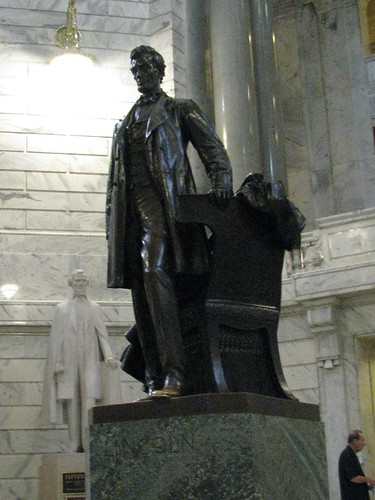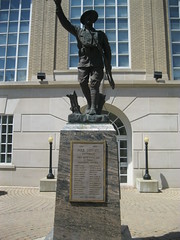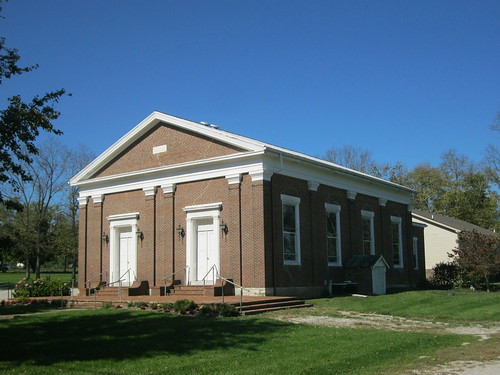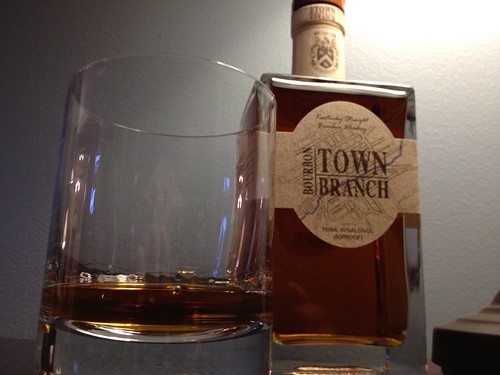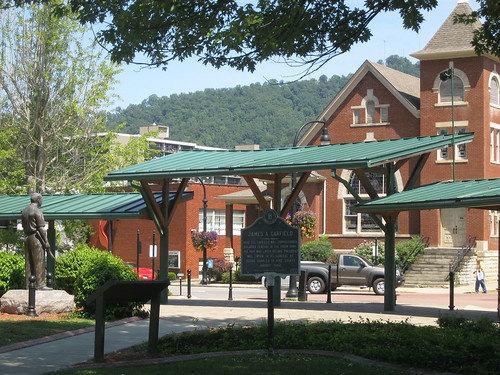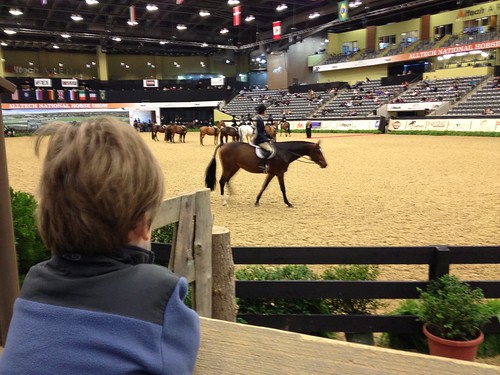 |
| Arts Place, 161 N. Mill St., – Lexington, Ky. |
The beaux arts building at the northwest corner of Mill and Church streets in downtown Lexington as always served the role as community center since its cornerstone was laid on May 24, 1904. Built by the Young Men’s Christian Association to serve the Lexington community, the building opened to the public on April 18, 1905. Days earlier, a separate organization was organized and operated from a room inside the North Mill Y: a “Colored YMCA” – a separate organization with separate membership and leadership based solely on color. Today, this remains only a footnote in the history of a terrific Christian organization, but a tidbit that reminds us that segregation used to divide all parts of life. (In 1907, the Colored YMCA organization moved from the White Y and into the old Lexington Press building on Cheapside).
The YMCA has always been concerned with both the physical and spiritual health of its members. And athletics and exercise are the keystone of the membership’s physical health.
In the earliest days of the University of Kentucky’s storied men’s basketball program, the Kentucky Wildcats took the court three times in the Y’s gymnasium. In the first matchup on January 11, 1906, Kentucky was pitted against Kentucky University (now Transylvania) and Kentucky won the matchup, though the score was never recorded. Kentucky would lose games in 1907 and 1908 against the Lexington YMCA, 22-41 and 19-29.
On-the-court basketball was not the only kind played at the Y. A Lexington Leader article from 1906 revealed facts about “water basketball” – “Water basketball has also been introduced. The rules are the same as in the usual game, except that the players are required to remain in the water, which at one end of the pool permits them to stand but at the other compels them to swim.” The same article described other amenities at the pool: “The coolness of the pool at the Y. M. C. A. and the recent addition of a slippery chute, the chute and the fine springing board are alluring an increasing number of the members to enjoy amphibious sport.
 In 1909, the YMCA experienced a revenue crunch which almost caused the building to be sold. Though the building cost only $40,000 to construct, the fundraising drive required another $55,000. Over a period of a few months, these funds were raised. A clock was installed in front of the old courthouse; it was updated daily to reflect the status of the effort.
In 1909, the YMCA experienced a revenue crunch which almost caused the building to be sold. Though the building cost only $40,000 to construct, the fundraising drive required another $55,000. Over a period of a few months, these funds were raised. A clock was installed in front of the old courthouse; it was updated daily to reflect the status of the effort.
Eventually, the YMCA required additional space and the building was assumed by the YWCA. This community center shifted its role from emphasizing athletics to emphasizing the arts when it was acquired in 1979 by the Lexington Council for the Arts for $150,000. From 1980 to 1983, a $1.4 million renovation transformed the facility but has retained the beautiful Beaux arts architecture. From this location, ArtsPlace has provided studio, performance and rehearsal space to numerous groups.
Sources: Big Blue History; LexArts; local.lexpublib.org





